Polyps are abnormal benign neoplasms of a round, drop-like or irregular shape that are localized on the walls of hollow organs and protrude into their lumen. They are fixed on a large base or have a leg. Such growths can occur on the inner surface of various organs of the body having a mucous layer. They are not dangerous, despite the fact that they can activate serous discharge and pain. However, with immunity pathology or hormonal disruptions, there is a threat of a painful transformation of cells and the onset of a malignant process. For this reason, girls with polyps are required to constantly undergo a doctor examination to monitor the state of neoplasms.
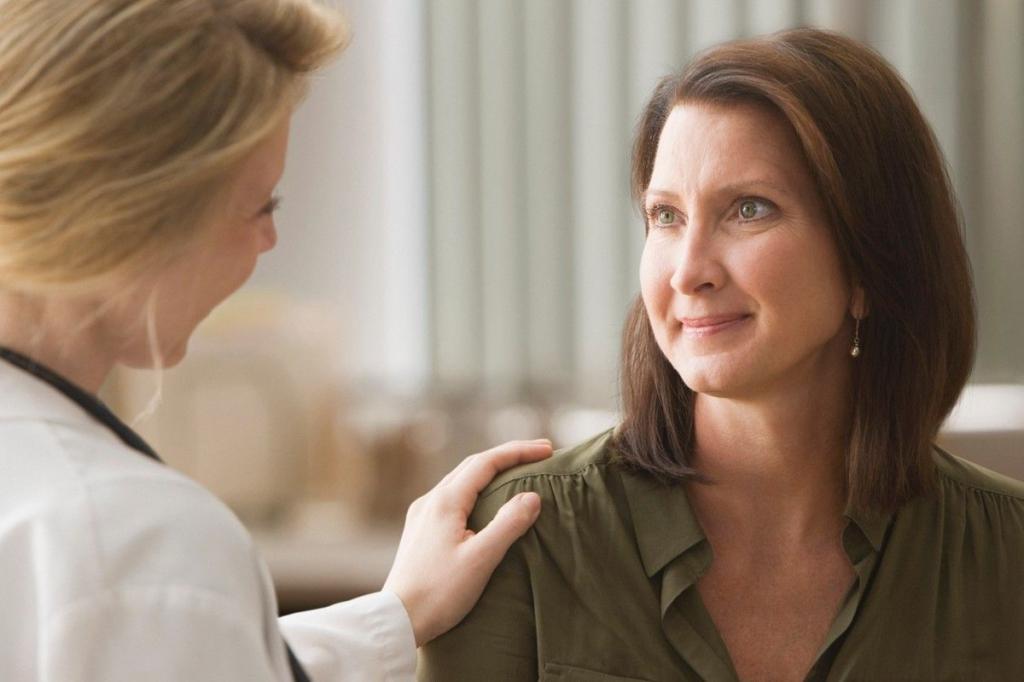
Why do women get a polyp?
Polyps are small tumors, they reach a size of not more than one centimeter. However, they can grow in groups and form, as it were, clusters of grapes. Occurrence Factors:
- inflammatory processes;
- hormonal dysfunction;
- metabolic disorders;
- a weakened immune system;
- obesity.
The assumptions are diverse and to date have not been fully explored. Of the activating conditions are called:
- Chronic infections are common diseases of viral and enterobacterial nature and sexually transmitted diseases;
- injuries of various etiologies, including the effect of chem. elements;
- genetic tendency, which for the most part establishes the existence of atypical cells in the polyp.
According to their own texture, polyps are simply represented by cells of the same tissue on which they arise - in this case they speak of hyperplasia. In other cases, polyps are cells modified during reproduction, that is, neoplastic cells. Actually, neoplastic polyps are characterized by significant risk of Cancer and changes are subject to mandatory removal.
Colon polyps
One of the most popular sites for the formation of polyps is the large intestine. At risk are elderly people, representatives of the stronger sex of non-standard sexual orientation, patients with burdened heredity. In 10% of situations, polyps are predisposed to oncological degeneration - such formations are called adenomatous.
Polyps of the gallbladder
Polyps of the gallbladder are often found in representatives of the weaker sex older than 30 years - their prevalence reaches 4-6%. Diagnosis, as in most cases is done by accident, during an endoscopic or ultrasound. Their distinguishing feature is a significant risk of malignant changes - up to 30% of polyps of the gallbladder are prone to tumor maturation.
Polyps of the cervix and bladder
The mucous membrane of the cervix and its body are often considered to be a site of localization of polyps. In this case, the layer of the endometrium is affected, which gives rise to pathology in the menstrual cycle, painful feelings. Nevertheless, the signs of polyps are not always obvious and they are revealed at a routine gynecological examination. Appear in women giving birth, as well as during menopause. Polyps can cause cervical cancer, for this reason they require careful attention and immediate medical attention. The prerequisites for the appearance are the same as with endometrial hyperplasia. Polyps in the bladder in women are less dangerous, but they require immediate removal.
Polyps and adenomas of the nose
A distinctive feature of nasal polyps is that they are often accompanied by an allergic reaction, moreover, allergies are one of the key conditions causing polyps. Nasal polyps are extremely rare unsafe, but often recur after removal and can cause unpleasant symptoms - for example, chronic nasal congestion, headache, loss of smell.
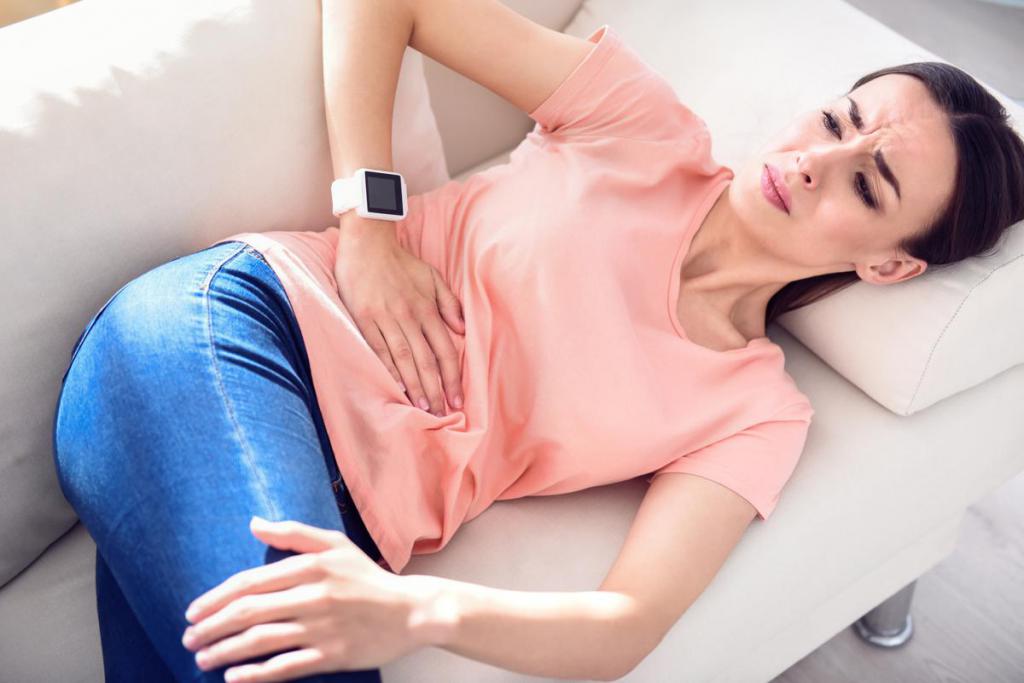
Symptoms
A polyp is a growth on a thin stalk resembling a mushroom. It belongs to the type of benign tumors and does not pose a threat to life. Signs of polyps in women:
- Violation of the natural course of the menstrual cycle - menstruation ceases to be regular.
- Strong blood flow and pain during the menstrual cycle.
- Mucous discharge during menstruation.
- After intercourse, bleeding appears - they are associated with damage to the polyp.
- Pain in the lower abdomen.
- Between cycles of menstruation, hemorrhages can occur.
But, as a rule, the disease passes in an asymptomatic stage until an accidental visit to an ultrasound or a visit to a gynecologist. Also, after a long period when the polyp does not have an effect, the first sign may be a uterine flow. It may be repeated cyclically or may not have a clear schedule.
Also, true symptoms of polyps in women are abundant irregular periods, blood discharge after menstruation or sexual intercourse, and blood discharge during menopause. Large polyps are also characterized by the appearance of severe cramping pains in the lower abdomen, discomfort during sexual intercourse.
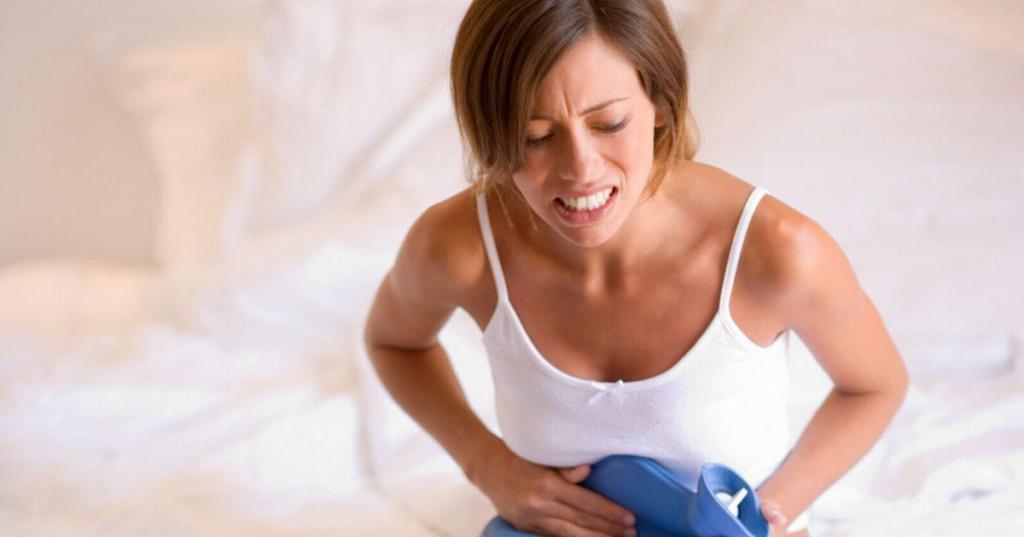
Localization
Polyps most often appear on the mucous membrane of organs in the form of benign neoplasms and mainly affect organs that are hollow inside. The appearance of growths in the form of a drop and a rounded shape. They are attached to the walls on the leg, and can grow on a flat base. There is an increase in the polyp towards the lumen. In which systems are polyps observed:
- respiratory system;
- digestive
- urinary system;
- sexual organs in women.
Polyp tissues differ:
- Glandular fibrous growth. It occurs at a young age, proliferation of glandular tissue.
- A fibrous polyp is characteristic during menopause due to hormonal changes in the body and proliferation of connective tissue;
- Fibrous-glandular polyps are observed in middle-aged women.
- A placental polyp is observed in women when bearing a child. Formed during miscarriage or abortion.
- An adenomatous polyp that can go into a malignant tumor.
The main symptoms of polyps:
- sensation - sharp pain in the abdomen;
- violation of the cycle of menstruation;
- severe pain during menstruation;
- problems during gestation;
- copious discharge after sexual intercourse.
The uterus is an organ in the form of a pear-shaped form, located in women in the pelvic area, serves as the most active site for the localization of polyps.

Surgical treatment
There are several methods for removing polyps. The doctor selects the method of removal, but hysteroscopy is most often used. Hysteroscopic polypectomy is an actual method for removing polyps, which is distinguished by a gentle effect on the female body. Hysteroscopy is performed on the 10th day of menstruation, more often this occurs after the completion of menstruation, since it is in this period that a suitable visualization of the uterine cavity and polyp is likely, which is important for an effective operation process.
The operation is performed under a single anesthesia, local anesthesia is less commonly used. After anesthesia, the doctor inserts an elastic tube with a camera at the end into the cervix, and the picture is displayed on the monitor. After a painstaking examination of the uterine cavity and the detection of a polyp, using surgical instruments, the expert cuts out the formation. Tissues obtained as a result of the procedure are sent for histology.
Cystoscope application
A cystoscope is used to remove urethral polyps and other organs in women. The operation is performed under general anesthesia. A diathermocoagulator, an iron loop, is introduced into the affected organ of the genitourinary system. She throws herself on the leg of the polyp and carefully cuts it off, sealing the damaged capillaries. The taken used material is necessarily sent to histology. Complications can be eliminated if a person undergoes an examination by a urologist at least 2 times a year and carries out appropriate therapy for urological diseases. The urethral polyp in women is removed by the same method.
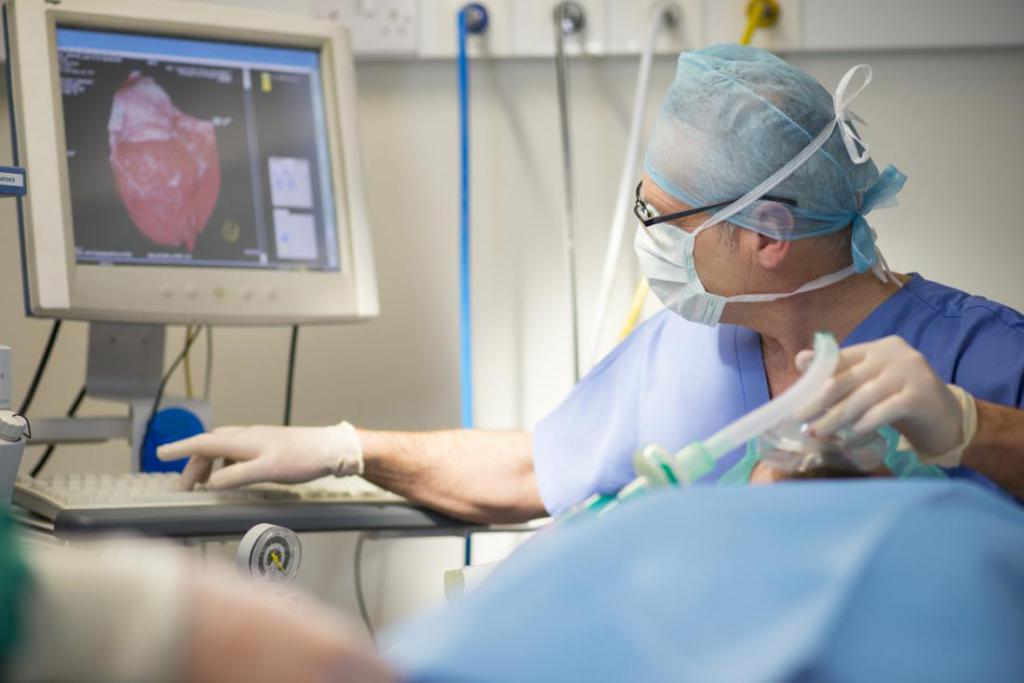
Laser removal
Laser removal of cervical polyps with a laser is aimed at accurate resection of formations. The laser procedure is less traumatic, there are no scars on the walls of the uterus. Therefore, women of childbearing age may not worry - their reproductive role does not suffer. The entire procedure takes less than 3 hours after the operation the patient can leave the hospital, hospitalize her there is no need.
Laser removal of polyps on the cervix by the laser is more effective for the female body: the specialist monitors the layer-by-layer penetration of the laser beam into the uterine cavity, resulting in reduced blood loss, the possibility of injury, and reduced rehabilitation time. At the same time, the beam seals the arteries, therefore relapses are subsequently excluded, and scars do not appear on the tissues.
6 months after the laser polypectomy, the girl can plan a pregnancy.

Recovery period
After removing the polyps, the main thing is to listen and follow all the doctor’s recommendations. Special attention should be given to rehabilitation after surgery on the uterus.
Methods for removing uterine polyps are less traumatic, however, after surgery, a woman must carefully monitor her own health and timely warn the doctor about special signs. When prolonged bleeding and unusual discharge appear, the body temperature rises, it is necessary to suspect the development of a negative reaction after surgery.
Postoperative complications develop very rarely, but you need to know about the possibility of their occurrence. Most often, uterine bleeding occurs, which many patients evaluate as a normal variant. After removal of the uterine polyps, spotting lasts no more than a week, while their saturation should weaken over time.
Inflammatory reactions caused by infection are not excluded. This is manifested by an increase in body temperature, severe abdominal pain, discharge with an admixture of pus and an unpleasant odor. To reduce the risk of inflammation, after the removal of uterine polyps prescribe anti-inflammatory and antibacterial substances.
Due to the contraction of the cervix, a hematometer (accumulation of blood in the uterine cavity) occurs, which provokes significant pain and inflammation. In order to prevent a reaction, antispasmodics are prescribed. Very rarely, procedures stimulate uterine perforation, overstretching of its cavity and other results.
All these reactions are reflected in the outcome of the cure and the state of health, for this reason it is necessary to warn the attending doctor about the appearance of various doubtful signs. He will be able to correct the tactics of cure, he will find more effective measures to eliminate the consequences and quickly resume after the manipulations.
Drug treatment
The use of conservative therapy for the treatment of polyps in women, the photo is not attached for ethical reasons, it is very important in the very early stages of the appearance of pathologies, if there are contraindications to surgical operations. The main goals of this treatment are to remove pain, to prevent the neoplasm from developing further, to make regular periods. For this, can be assigned:
- Combined oral contraceptives such as "Janina", "Yarina". These drugs are prescribed for women of childbearing age and for girls with an irregular menstrual cycle. Tablets must be used from the beginning of menstruation to its end. The dose of the medicine, as well as the duration of treatment, will be prescribed by the doctor. Combined contraceptives of this type are quite effective for polyps in the uterus, but it is best to drink them very carefully.
- Gestagens in the form of Norkolut, Utrozhestan or Dufaston. The active substance of such drugs is the female sex hormone. Gestagen therapy for polyps lasts 3-6 months. They are supposed to drink only in the second part of the cycle.
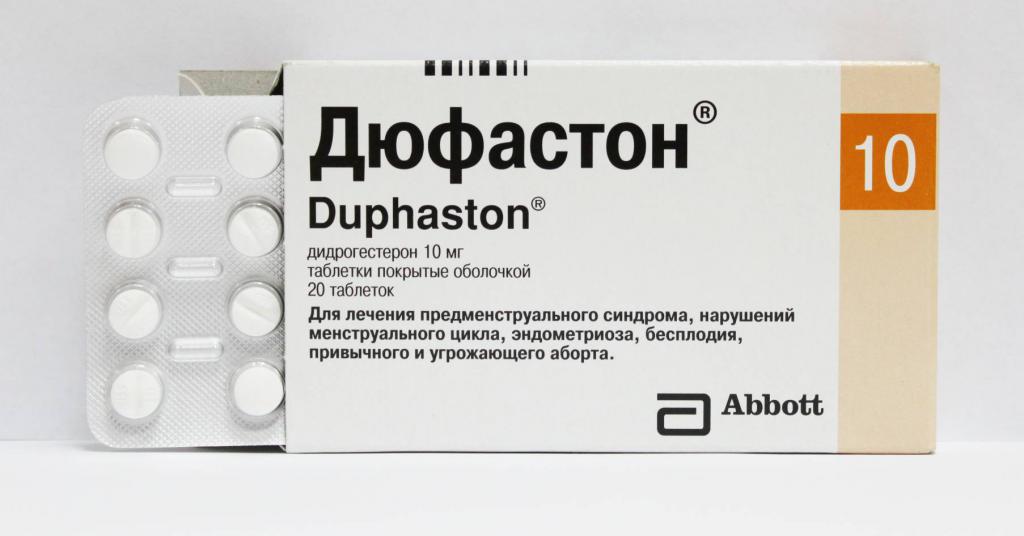
- Preparations of the gonadotropin-releasing hormone agonist group: "Nafarelin", "Goserelin", "Buserelin". They are assigned to women who have reached the age of 35, and during menopause. In fact, the drugs presented are the most effective in treating polyps in the uterus. Ignoring this fact, the disease should be treated for a very long time: from 3 months to 6. The drug is used comprehensively, together with anti-inflammatory drugs.
- Topical contraceptives. They are needed in order to bring the microflora to a normal state. Produced in the form of candles and tablets. Their use is very common during conservative therapy, and in the recovery process after a certain surgical intervention.
Prevention
The appearance of polyps can cause disturbances in the work of the ovaries and an excessive amount of estrogen. For prevention need to do the following:
- Do not eat meat that contains hormones.
- Choose a place of residence in an area with clean air (with good ecology).
- Choose things according to weather conditions, do not sit on a cold surface.
- Have sex with a regular partner and use contraception.
- Exercise in the morning, jogging, swimming, walking. Exercise prevents stagnation of blood.
- When deciding on the use of hormonal contraceptives, you must first go to the doctor (gynecologist).
- A repeat of the disease is not possible immediately, so regular visits to a specialist (gynecologist) are required. At least once every six months.
- Do not delay the treatment of inflammatory diseases of the genital organs.
- During the autumn and winter should guzzle a course of vitamins to maintain a good immune system.
- Stop smoking and drinking alcohol.
- Abortion is also not recommended.
When deciding on the treatment of polyps in women with folk remedies, it is necessary to consult a specialist. He will prescribe certain home remedies and talk about how to use them.